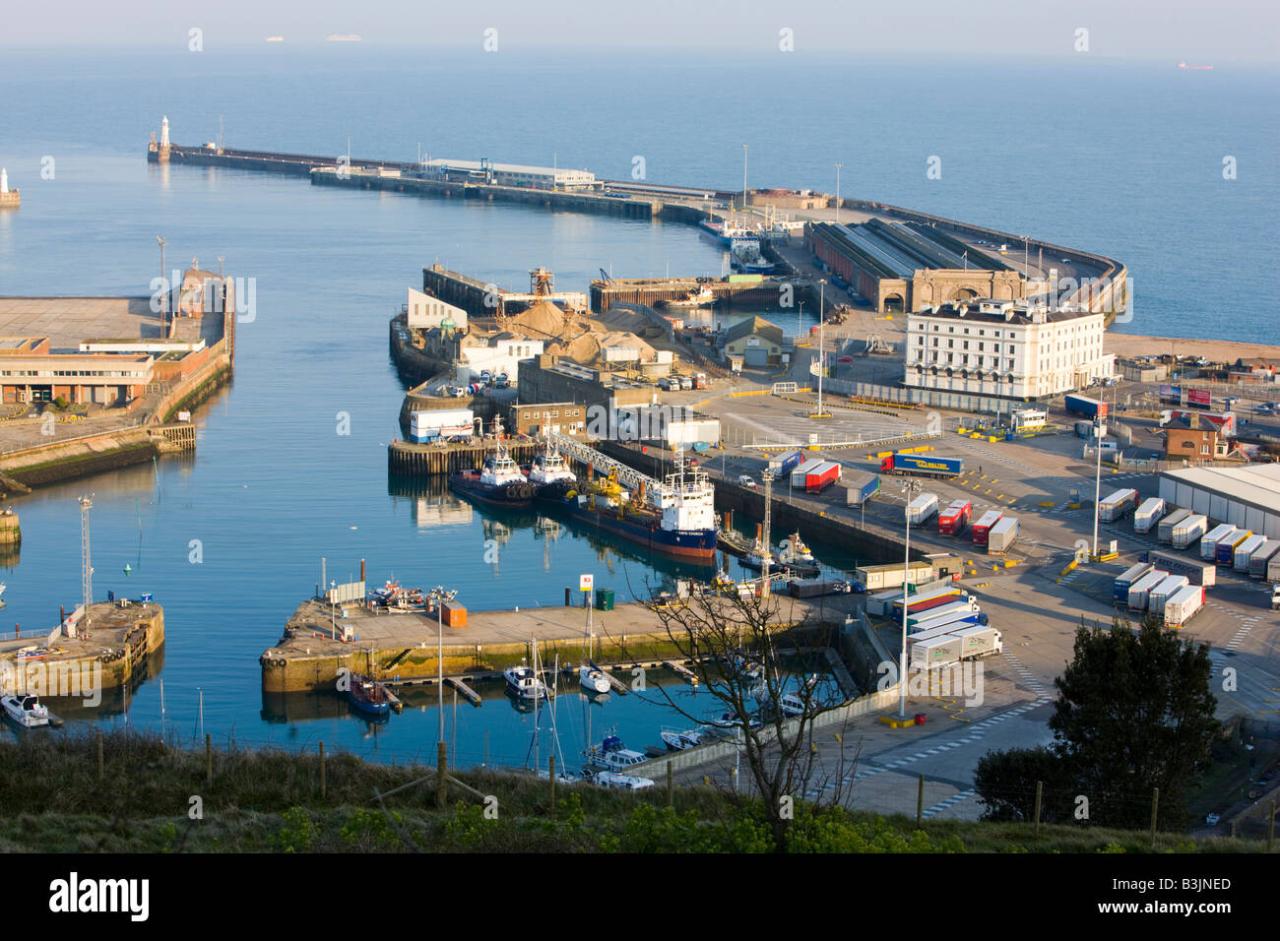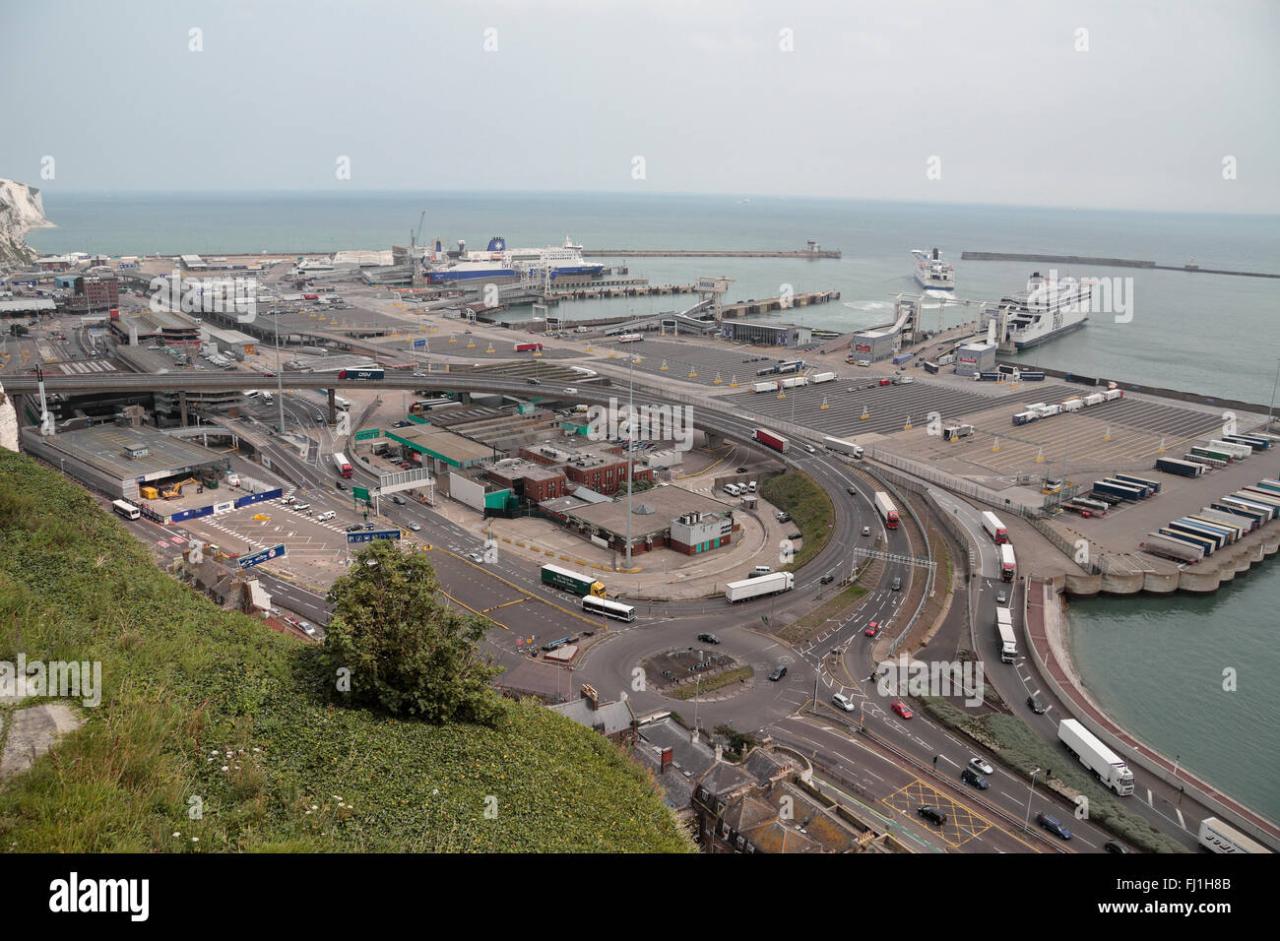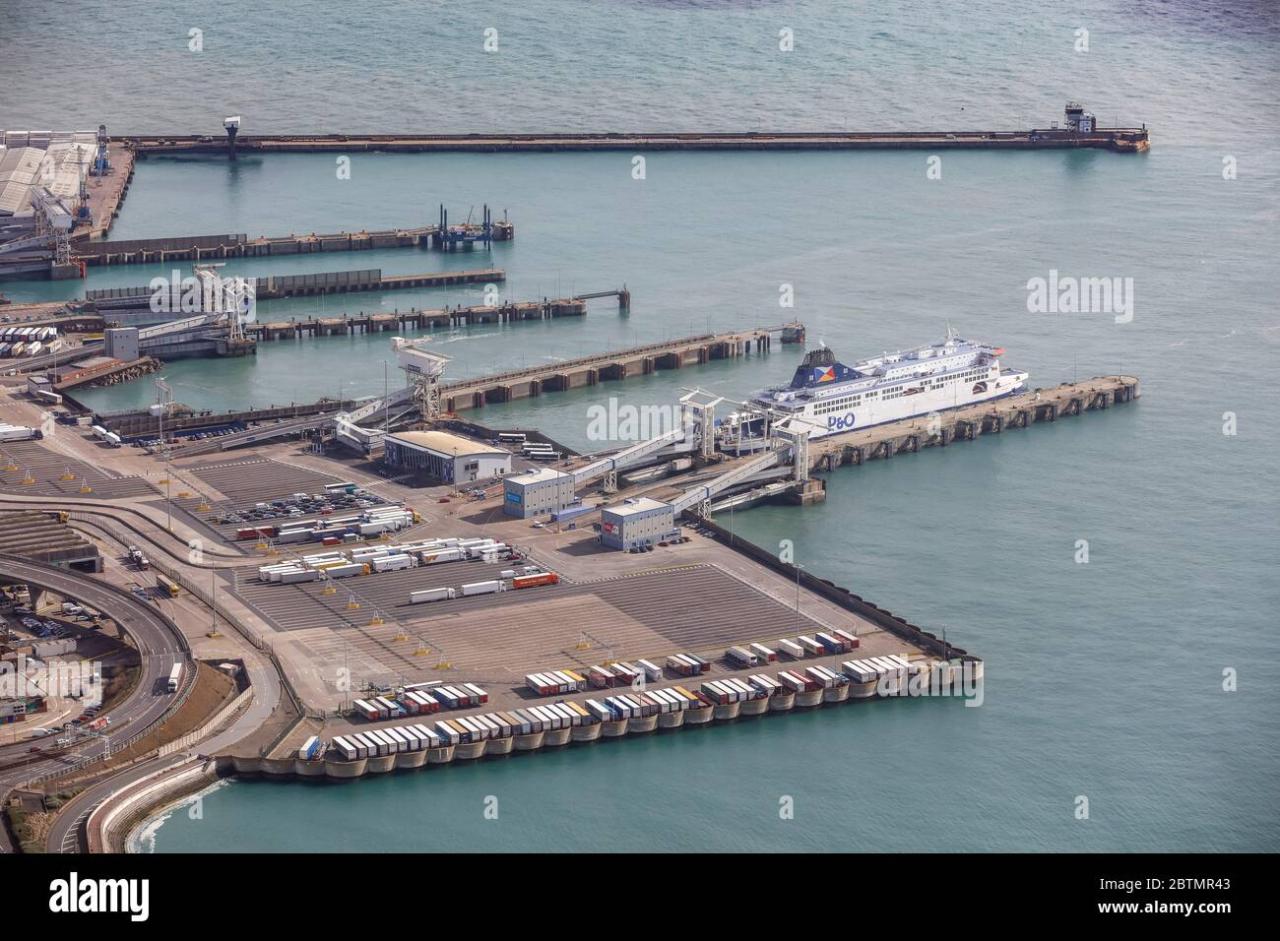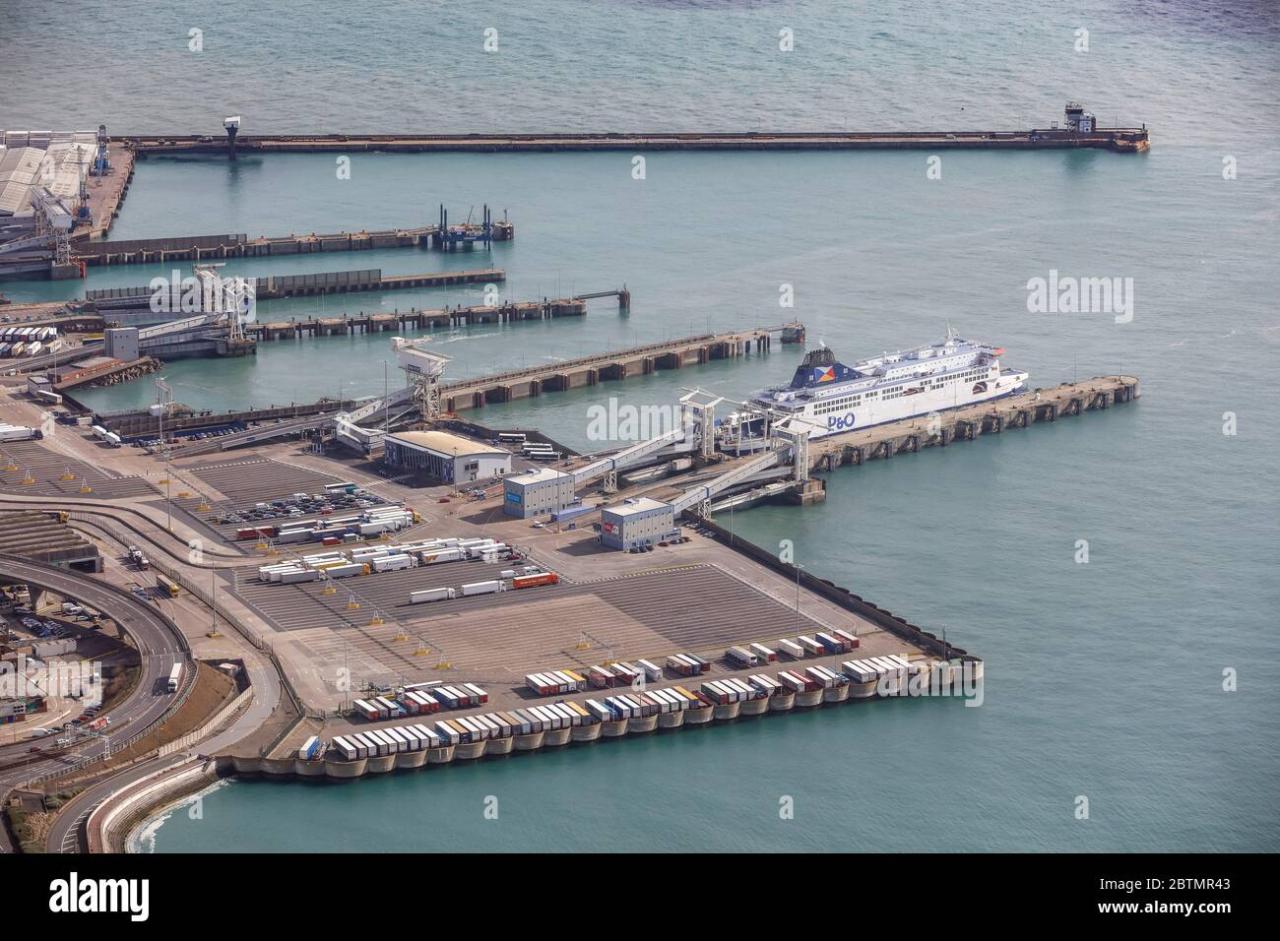Port Dover camera systems play a multifaceted role in the town’s daily life, impacting tourism, safety, and public perception. This exploration delves into the various types of cameras deployed, their functionality, legal implications, and the broader societal effects of their presence. We will examine the technological underpinnings of these systems, maintenance procedures, and address public concerns surrounding privacy and surveillance.
From security cameras monitoring key locations to webcams offering live views of the town, Port Dover’s camera network offers both benefits and challenges. Understanding the complexities of this technology and its impact on the community is crucial for responsible deployment and public acceptance.
Port Dover Camera Systems: A Comprehensive Overview
Port Dover, a charming town on the shores of Lake Erie, utilizes a network of camera systems for various purposes, impacting tourism, safety, and community life. This overview details the locations, types, functionalities, legal aspects, and public perception of these camera systems.
Port Dover Camera Locations and Types
Publicly accessible cameras in Port Dover are strategically placed in high-traffic areas, focusing on key locations like the downtown core, the harbourfront, and major intersections. These cameras vary in type, encompassing security cameras, traffic monitoring systems, and publicly accessible webcams offering live views of the town.
| Location | Camera Type | Purpose | Accessibility |
|---|---|---|---|
| Downtown Port Dover (Main Street) | Security Cameras, CCTV | Crime prevention, monitoring public spaces | Limited public access; primarily for law enforcement |
| Port Dover Harbour | Webcams, Security Cameras | Tourism promotion, maritime surveillance | Publicly accessible via website/online platforms |
| Major Intersections | Traffic Cameras | Traffic flow monitoring, accident detection | Data primarily used by traffic management authorities |
| Municipal Buildings | Security Cameras | Security and protection of municipal property | Limited public access |
Port Dover Camera Usage and Functionality
The diverse camera systems in Port Dover serve distinct purposes. Security cameras primarily focus on crime prevention and public safety, recording footage for potential investigations. Traffic cameras monitor traffic flow, identifying congestion and potential hazards. Webcams provide live feeds, promoting tourism by showcasing the town’s attractions. Image capture and transmission methods vary depending on the camera type; some use wired connections, while others employ wireless technologies like cellular data or Wi-Fi.
High-resolution imagery from Port Dover cameras provides crucial data for various applications, including environmental monitoring and infrastructure assessment. Understanding the logistical challenges of transporting heavy equipment, like those faced when managing remington drone loads , offers valuable insights into optimizing the deployment of Port Dover’s own camera systems. Efficient transport is key to ensuring the cameras remain operational and provide continuous, high-quality surveillance of the area.
Image quality and features differ significantly. High-resolution security cameras offer detailed footage, while webcams often prioritize a wider field of view for a panoramic perspective. Traffic cameras are optimized for capturing license plates and identifying vehicles.
Discussions about Port Dover camera systems often involve comparisons with other weather monitoring setups. For example, the robust infrastructure needed for accurate imagery is similar to what’s required for a system like the coquihalla weather camera , which provides crucial real-time data for challenging mountain passes. Understanding the complexities of these remote camera systems helps to appreciate the technological advancements in Port Dover’s own camera network.
Legal and Ethical Considerations of Port Dover Cameras

The use of cameras in public spaces in Port Dover is governed by provincial and federal laws related to privacy and surveillance. Ethical considerations surrounding data privacy and potential misuse of surveillance footage are paramount. Transparency and accountability in camera usage are crucial.
A hypothetical responsible camera use policy for Port Dover would include:
- Clear signage indicating camera surveillance in public areas.
- Data retention policies specifying how long footage is stored and under what conditions it can be accessed.
- Procedures for handling data breaches and unauthorized access.
- Regular audits to ensure compliance with privacy laws and ethical guidelines.
Impact of Port Dover Cameras on Tourism and Safety

Cameras positively impact Port Dover in several ways. Webcams showcase the town’s beauty, attracting tourists. Security cameras enhance safety by deterring crime and assisting in investigations. Traffic cameras improve traffic flow and reduce accident risks.
- Benefits: Increased tourism, improved safety and security, efficient traffic management, crime reduction.
- Drawbacks: Potential privacy concerns, cost of installation and maintenance, potential for misuse of data.
Technical Aspects of Port Dover Camera Systems
Port Dover’s camera systems employ a variety of technologies, ranging from analog CCTV to advanced IP-based systems. Data storage and management methods vary, with some systems using on-site DVRs (Digital Video Recorders) while others utilize cloud-based storage solutions. Data is often encrypted to ensure security and privacy.
A typical Port Dover camera system might include:
- Camera: A device that captures images or video, potentially featuring features like night vision, motion detection, and pan/tilt/zoom capabilities.
- Network Infrastructure: A network of cables, routers, and switches connecting the cameras to a central recording and management system.
- Recording Device (DVR/NVR): A device that stores recorded footage, often with features like remote access and search capabilities.
- Monitoring Software: Software used to view live feeds, review recordings, and manage the entire camera system.
- Data Storage: Hard drives, cloud storage, or a combination of both to store recorded footage.
Port Dover Camera System Maintenance and Upgrades
Regular maintenance is crucial for optimal camera performance. This involves tasks like cleaning lenses, checking cable connections, and ensuring software updates. Outdated systems might require upgrades or replacements, often involving a phased approach to minimize disruption. Different maintenance strategies, including preventative maintenance and reactive maintenance, are employed based on budget and system criticality.
Public Perception of Port Dover Cameras

Public opinion on camera surveillance in Port Dover is likely mixed. While many appreciate the enhanced safety and security, concerns about privacy and potential misuse of data exist. Improving public understanding requires clear communication about the purposes of the camera systems, data handling practices, and the safeguards in place to protect privacy.
Strategies for improving public acceptance include:
- Transparent communication about camera locations and purposes.
- Public forums and consultations to address concerns.
- Emphasis on data security and privacy protection measures.
- Regular reviews of camera system policies and practices.
Ultimately, the effectiveness and acceptance of Port Dover’s camera systems hinge on a delicate balance between enhancing safety and security, promoting tourism, and respecting individual privacy. Transparent policies, community engagement, and responsible technological implementation are key to navigating the ethical and practical considerations surrounding this technology. Ongoing dialogue and adaptation will be essential as technology evolves and community needs change.
FAQ Guide: Port Dover Camera
What are the penalties for unauthorized access to Port Dover camera feeds?
Unauthorized access to Port Dover camera feeds is a serious offense, potentially leading to criminal charges and significant fines depending on the severity and intent.
How often are Port Dover camera systems inspected for malfunctions?
The frequency of inspections varies depending on the camera type and location, but regular maintenance schedules are typically in place to ensure optimal functionality and prevent malfunctions.
Are there plans to expand the Port Dover camera network in the future?
Future expansion plans for the Port Dover camera network would depend on factors like budget allocation, community needs, and technological advancements. Public consultation would likely play a significant role in any expansion decisions.
